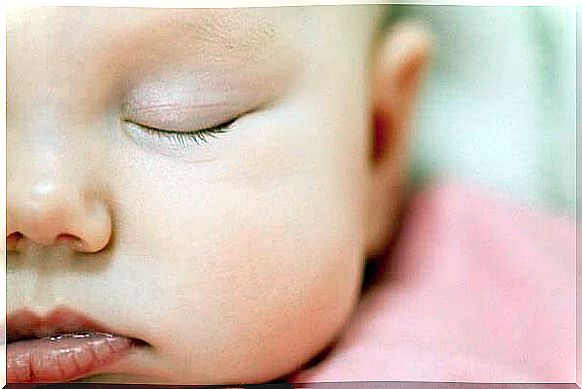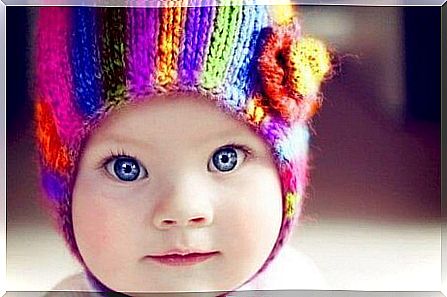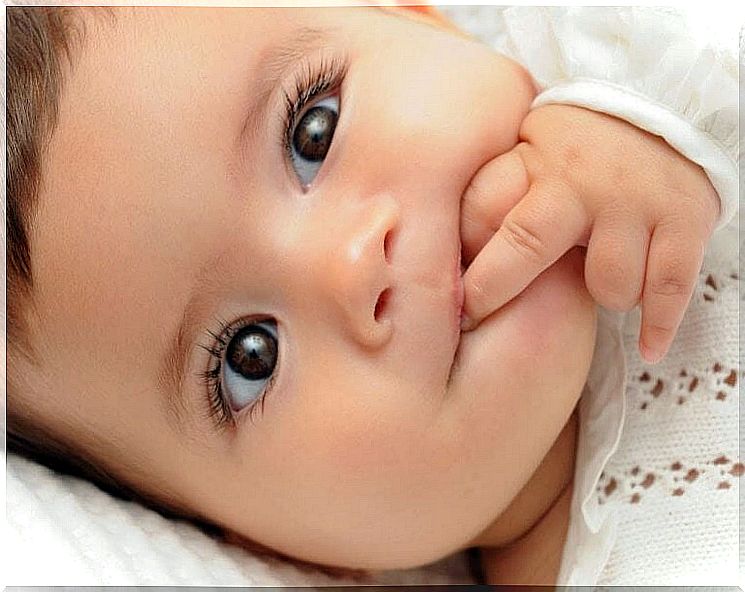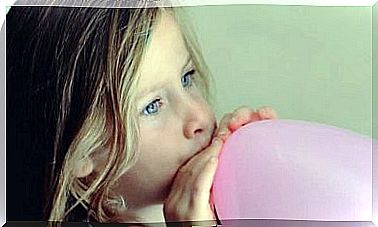The Eye Color Of Newborns

A newborn’s eyes are always of great beauty. Often we are amazed at how alert and lively they are and we wonder what kind of vision the child already has and of course we want to know more about the color of the eyes the baby will have.
Most babies seem to have gray eyes that often amaze us. However , there is a simple explanation for eye color .
Even if father and mother have brown eyes, it must be taken into account that the eye color of newborns is still changing. The color of the eyes is not definitive until around 9 months of age.
Most of the time, the color will gradually darken until it reaches the final shade. If the child is born with dark (e.g. coffee-colored) eyes, these will usually get darker over the course of the months. Between the ages of 6 and 9 months, various changes in eye color occur, which are often barely noticeable.
Why does newborn baby’s eye color change?
Not only does the color of the iris change, but the color of the baby’s hair and skin is not yet final either. Responsible for this is the color pigment melanin, which is produced by malanocytes to pigment certain tissues.
However, because the melanocytes are still immature in a newborn, the eyes, hair and skin are not yet their definitive color. Babies and toddlers therefore usually have lighter skin than later in adulthood.

In the first days of life, the production of melanin is very low. Therefore, the color of the iris changes gradually. The eye color slowly becomes darker and takes on other hues. The color of the hair and skin also darkens.
Because genetic factors are decisive for eye color. Here, too, melanin production plays an important role. The smaller the amount of this color pigment, the lighter the eye color, which is then gray, green or blue. With moderate melanin production, the eyes are honey or hazel-colored, and when there is a lot of melanin, they are dark brown or black.
More explanations for the change in eye color
Some also look for an explanation for the change in eye color in the first months of life in phenomena that have not been scientifically proven. For example, they believe that breastfeeding plays a role in this. But scientists know that this is not the case. Because there is no study that could prove this popular belief.

Presumably, this belief stems from the fact that eye color changes at the same time that children are normally breastfed. But anyway, this entirely separate processes.
As melanocytes mature, most children are given breast milk. But this is also the case when developing other systems. Scientists explain that ripening occurs naturally outside the uterus, even if the child is not fed with breast milk.
On the other hand, a possible relationship between eye color and sun exposure could be confirmed. Sunlight is said to influence the production of melanin. That might actually be the case because after the baby is born, it is exposed to light for the first time.
It is also suspected that the color of the eyes of adults can change through exposure to the sun.
The light color of eyes in newborns can be attributed to the darkness in the uterus. In the changed environment after the birth, the organism then adapts accordingly.









